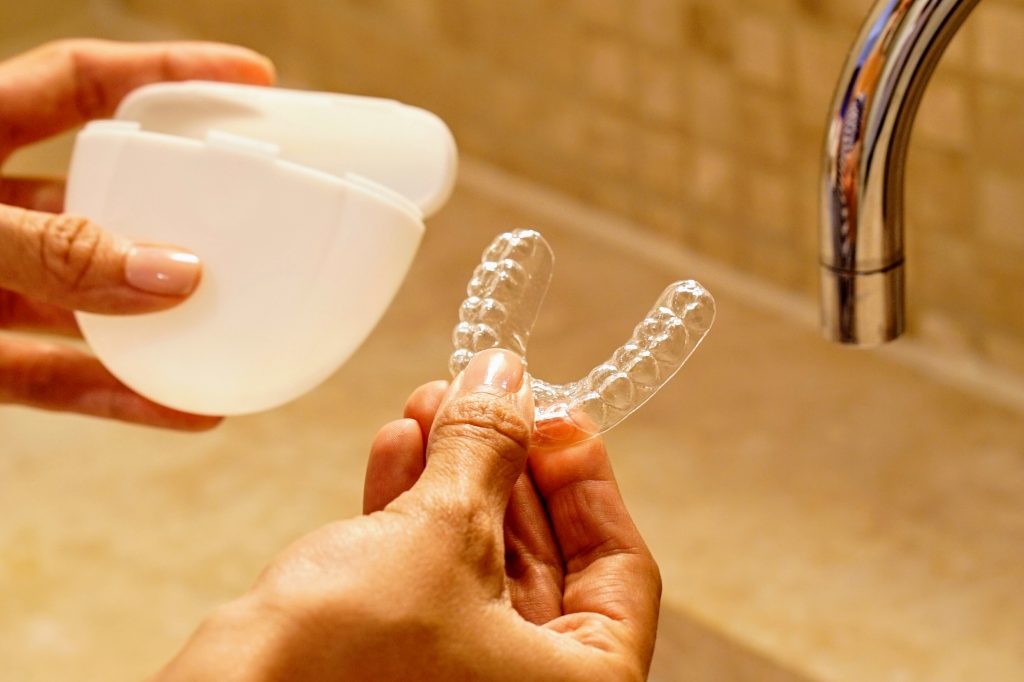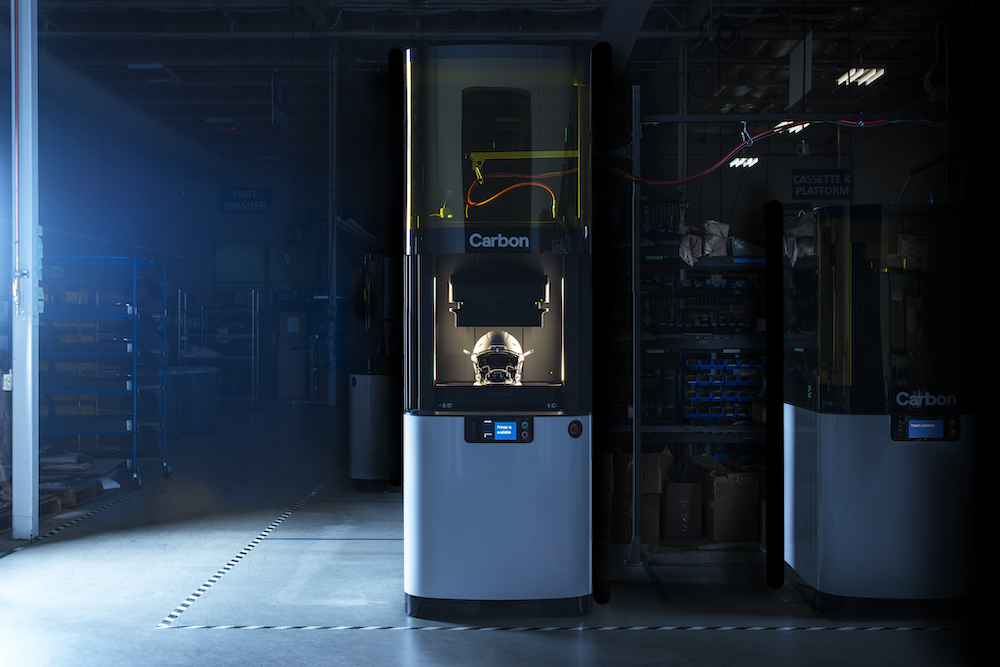Orthodontics company Candid has announced a partnership with 3D printer OEM Carbon to 3D print highly-customized clear dental aligner models.
Leveraging Carbon’s resin-based digital light synthesis (DLS) technology and L1 3D printers, Candid is introducing its new “orthodontics-as-a-service” offering. Dubbed Candid Pro, the service is aimed at dental professionals and orthodontics practices looking to scale up the number of new patients they can take on while outsourcing much of the tedious aligner manufacturing work.
Phil DeSimone, Chief Product and Business Development Officer at Carbon, states, “We are proud to partner with Candid to enable them to deliver the best fitting aligners on the market at scale, enabling clinicians to deliver affordable and effective treatment for patients.”

How does Candid Pro work?
Designed by Dr. Lynn Hurst, the company’s co-founder, the end-to-end approach utilizes Candid’s own network of orthodontists to tailor treatment plans for individual patients. The customer – a dental clinician – only needs to start the case, at which point Candid’s clinical care team and technical experts take over to conduct the patent-pending treatment plan methodology. Using 3D medical scans provided by the customer, the company takes care of the production of the models.
With transparency in mind, customers can also make use of the Candid App, which enables them to monitor their patients and oversee the treatments every step of the way. By digitizing the monitoring process, patients are also required to make fewer office visits.
DeSimone adds, “Carbon’s L1 production system will enable Candid to efficiently and reliably produce millions of highly accurate aligner models and deliver bespoke solutions for each patient at scale.”
Carbon’s L1 3D printer
The L1 is Carbon’s large-format production engine, and features a build volume measuring 400 x 250 x 460mm. Primarily used by designers, engineers, and manufacturers seeking large-part or high-volume production, the system has already been adopted by a number of major players in a variety of industries, including sporting goods and automotive.
Driven by the SLA-based Continuous Liquid Interface Production (CLIP) method, the L1 uses digital light projections in conjunction with oxygen permeable optics to cure photopolymer resins into 3D parts. The materials used with Carbon’s systems are usually embedded with heat-activated programmable chemistries, enabling engineering-grade mechanical properties and high-resolution features.
Brian Ganey, Senior VP of Sales at Candid, concludes, “Any one patient requires a series of fully customized and accurate models for their teeth straightening process. By leveraging the L1 Production Solution, we can scale production significantly and produce at record speeds, ultimately meeting the doctor and patient expectations as they anticipate the start of their clear aligner treatment. We’re proud to partner with Carbon whose 3D printing process enables us to produce customized aligners at scale at a cost that is viable for patients.”

In recent years, Carbon hasn’t held back on its industry partnerships, taking its DLS 3D printing technology into the realm of household brands. Back in October, the company partnered with sportswear giant Adidas to 3D print parts for the Futurecraft ‘STRUNG’ running shoes. The sneakers’ characteristic Futurecraft insoles are printed using DLS, which allows them to be modelled to the exact contours of an individual runner’s foot.
Elsewhere, the company also recently partnered with sports goods manufacturer CCM Hockey to 3D print the world’s first NHL-certified hockey helmet liner. Named the Super Tacks X with NEST (Next Evolution Sense Technology), the helmet features a digitally printed lattice structure on the inner lining. It is intended to deliver better breathability, comfort, and protection.
Subscribe to the 3D Printing Industry newsletter for the latest news in additive manufacturing. You can also stay connected by following us on Twitter and liking us on Facebook.
Looking for a career in additive manufacturing? Visit 3D Printing Jobs for a selection of roles in the industry.
Featured image shows a clear dental aligner by Candid. Photo via Candid.


